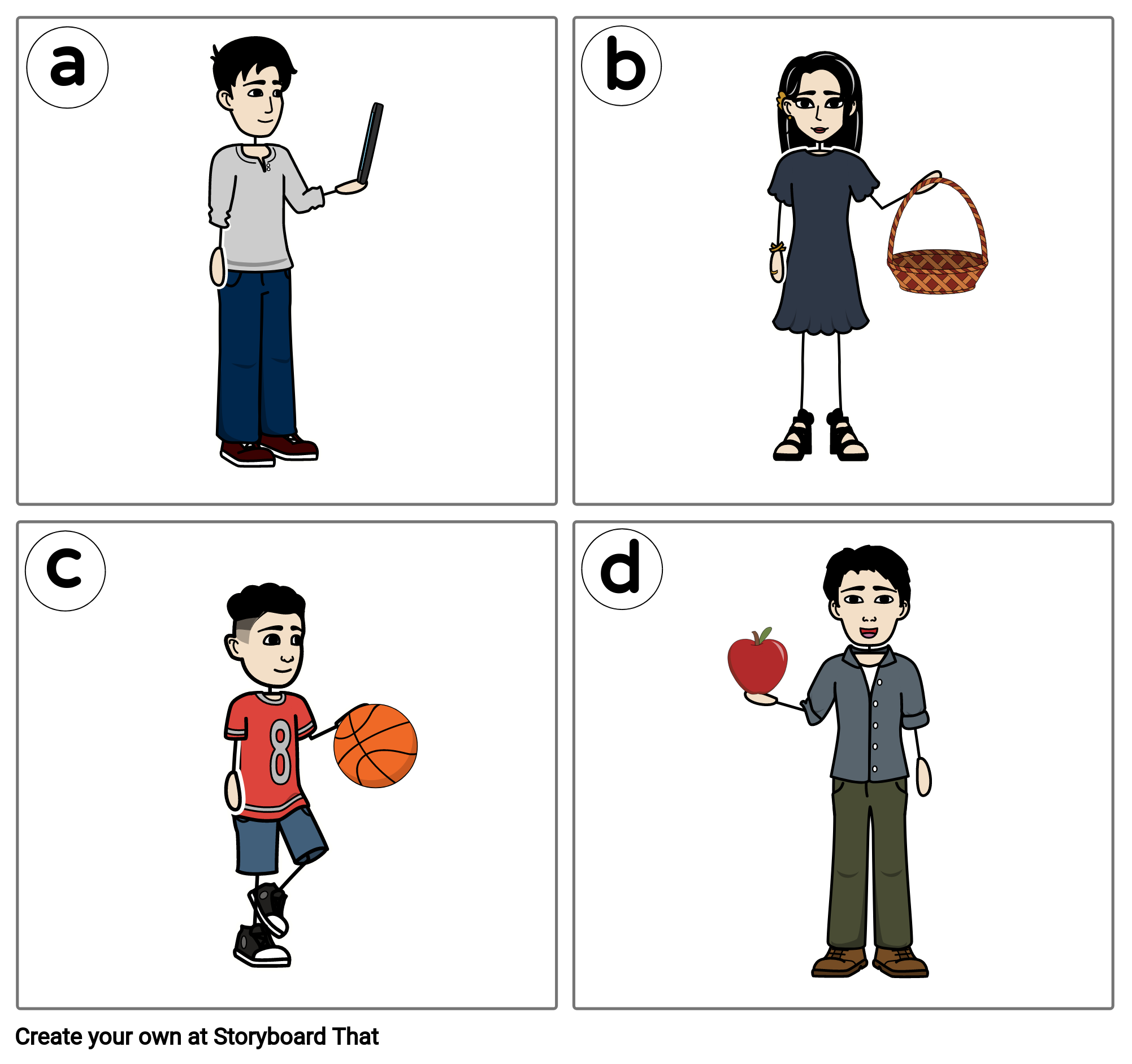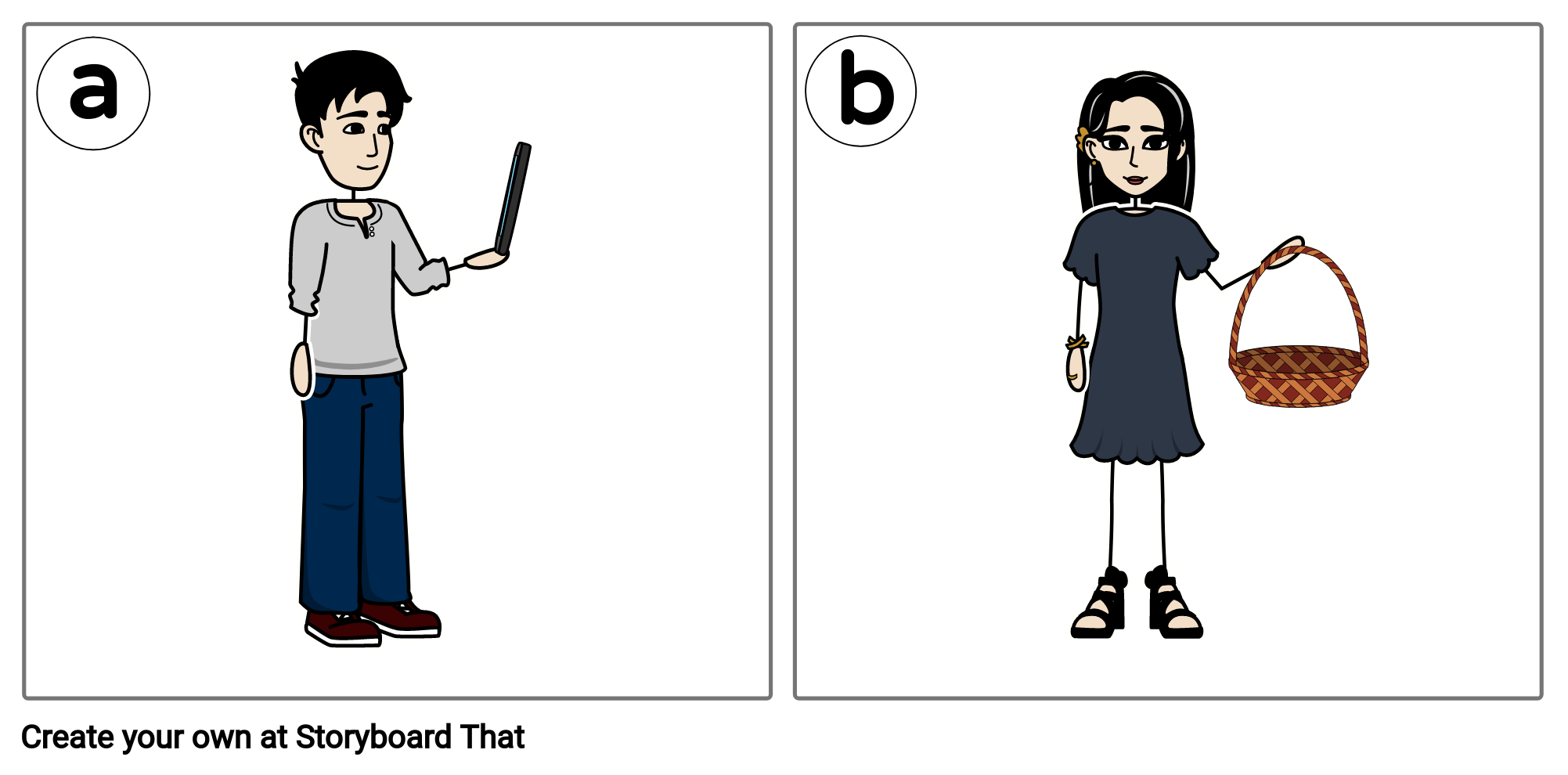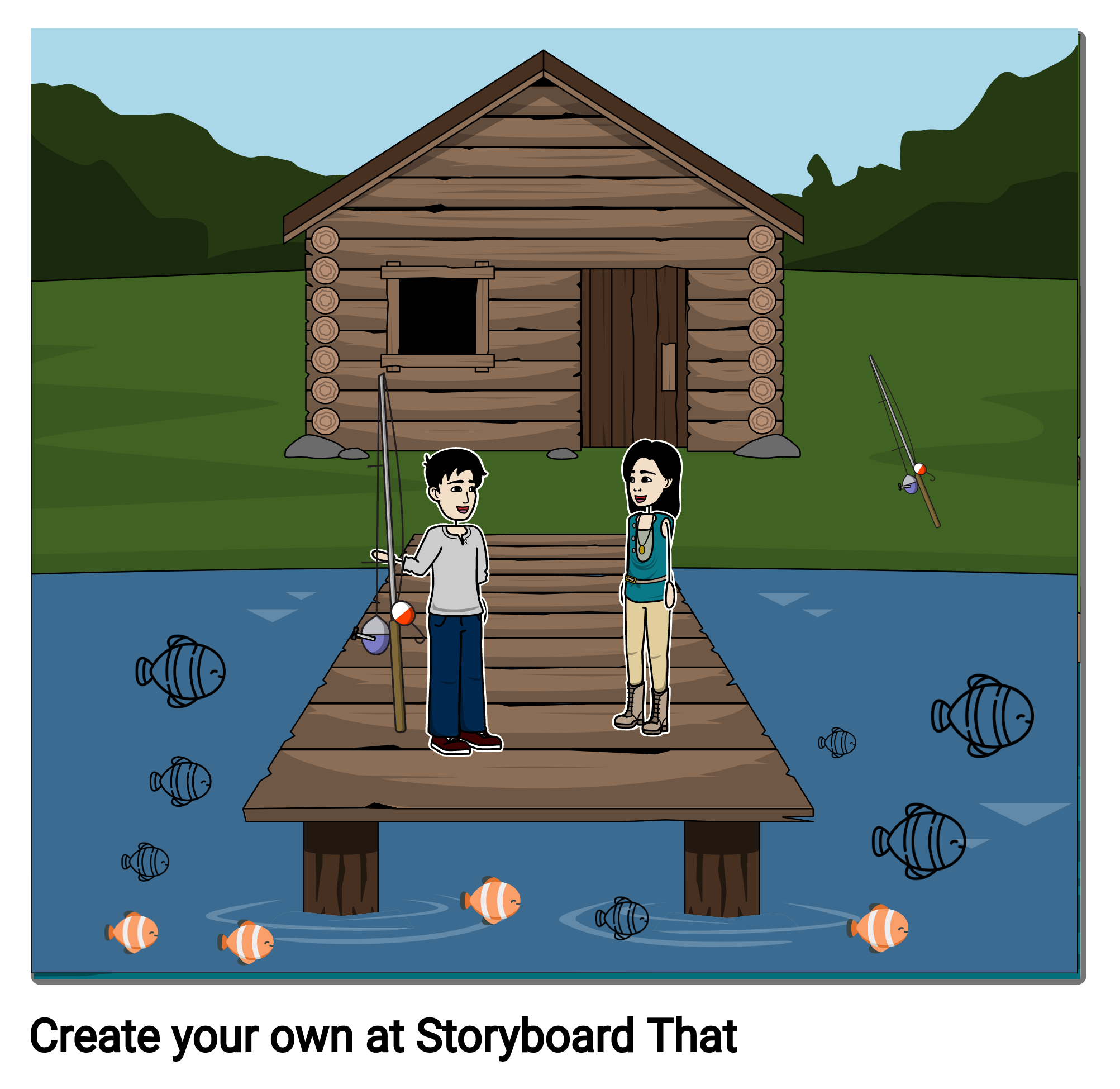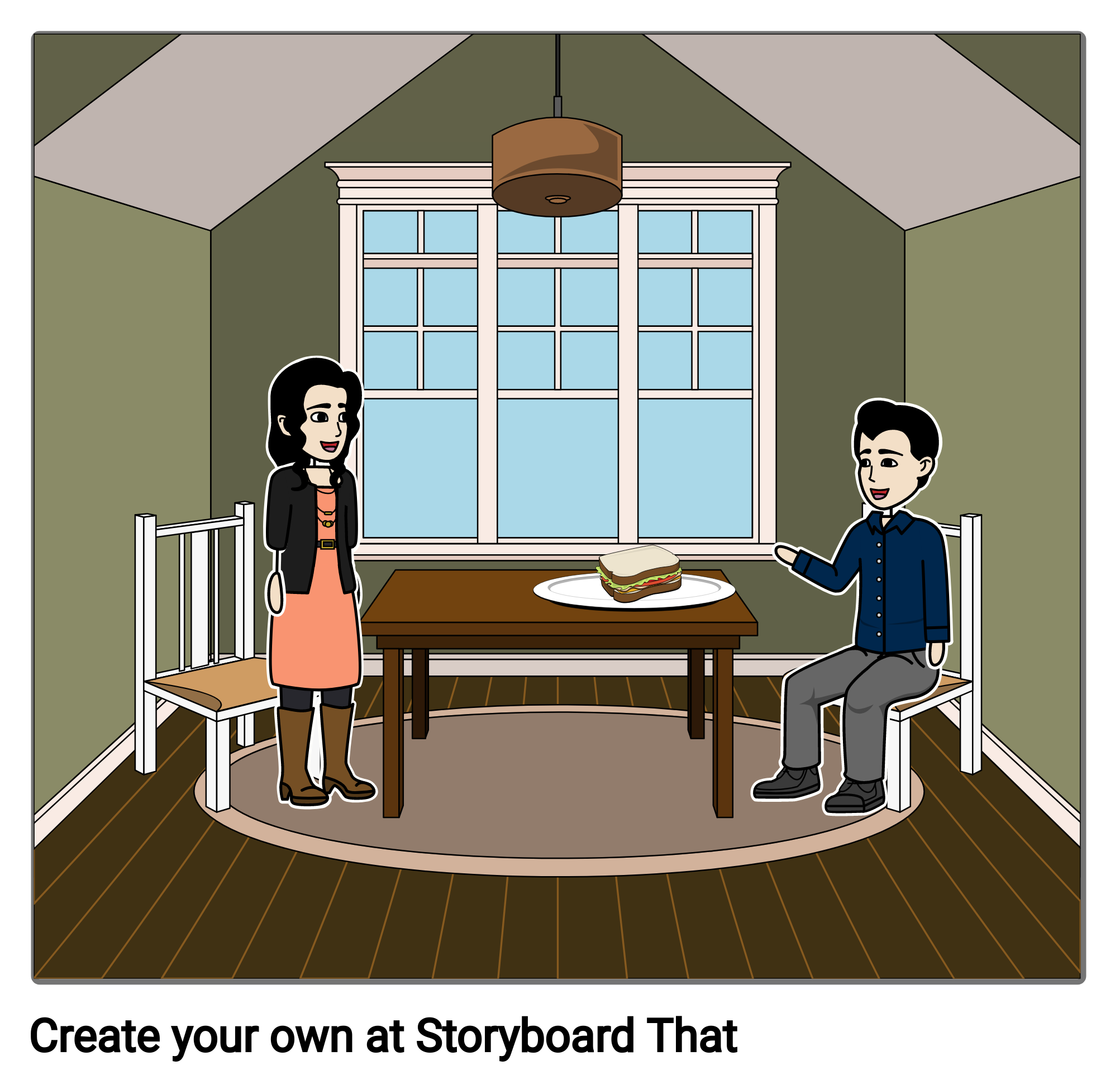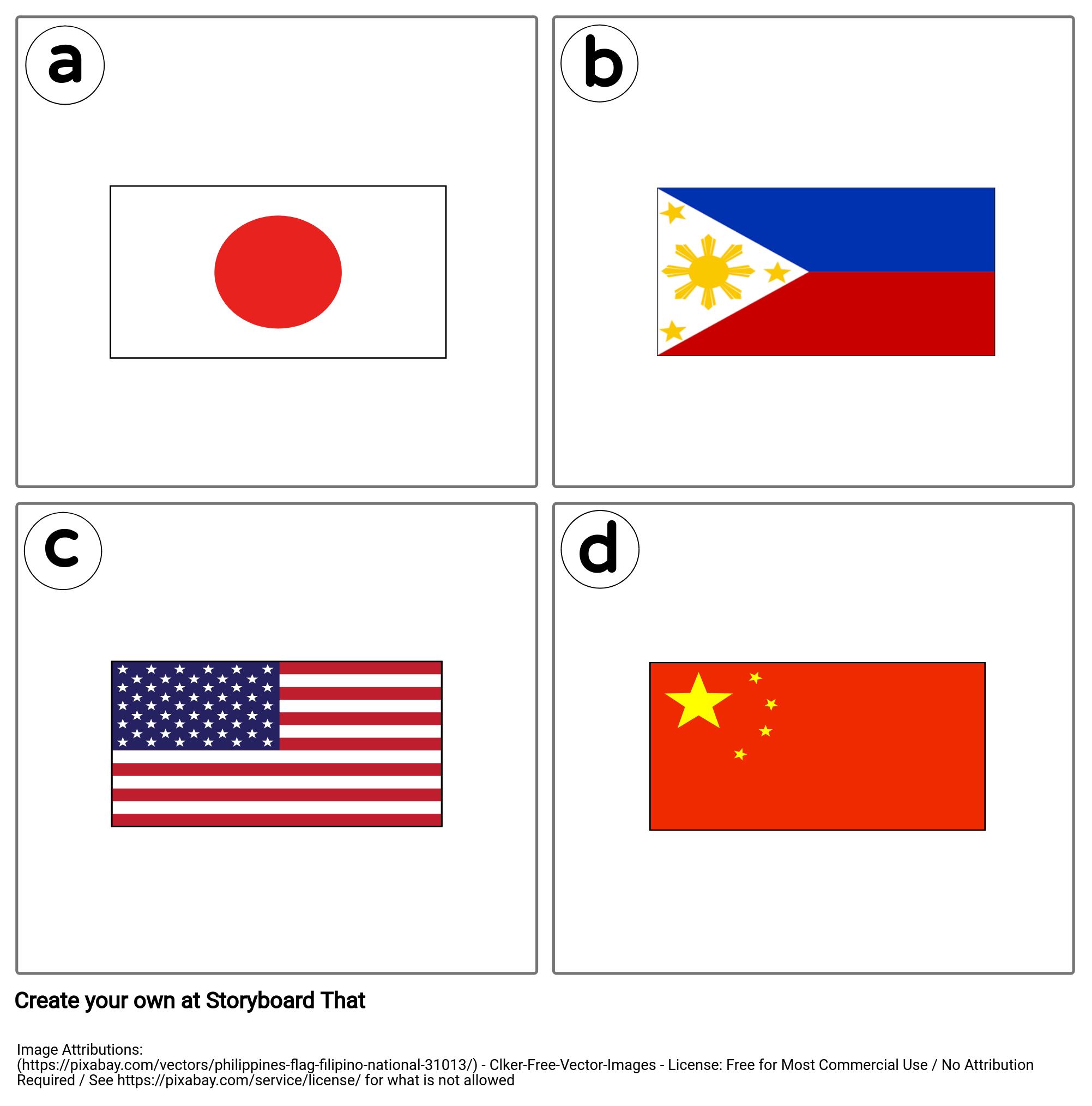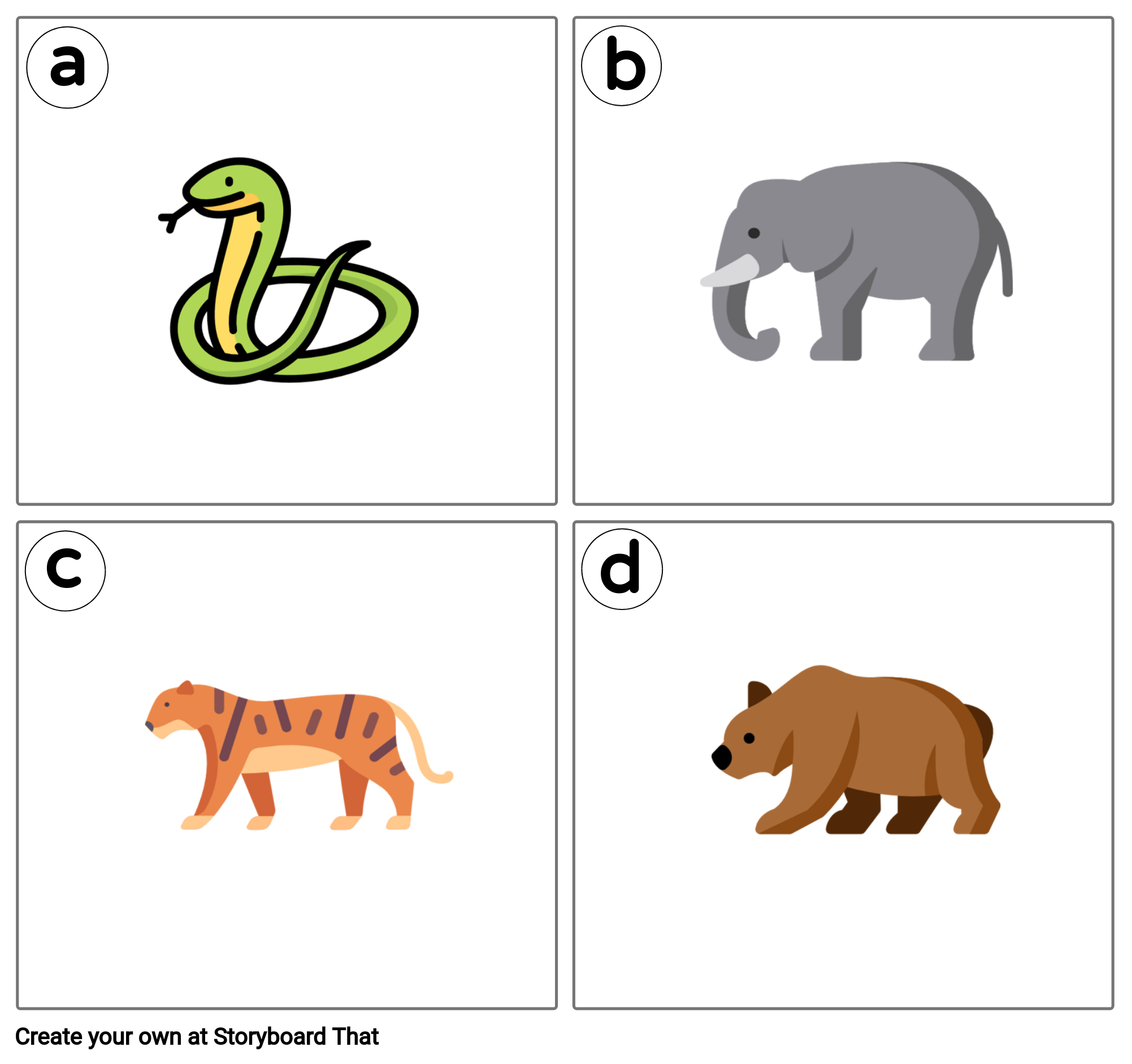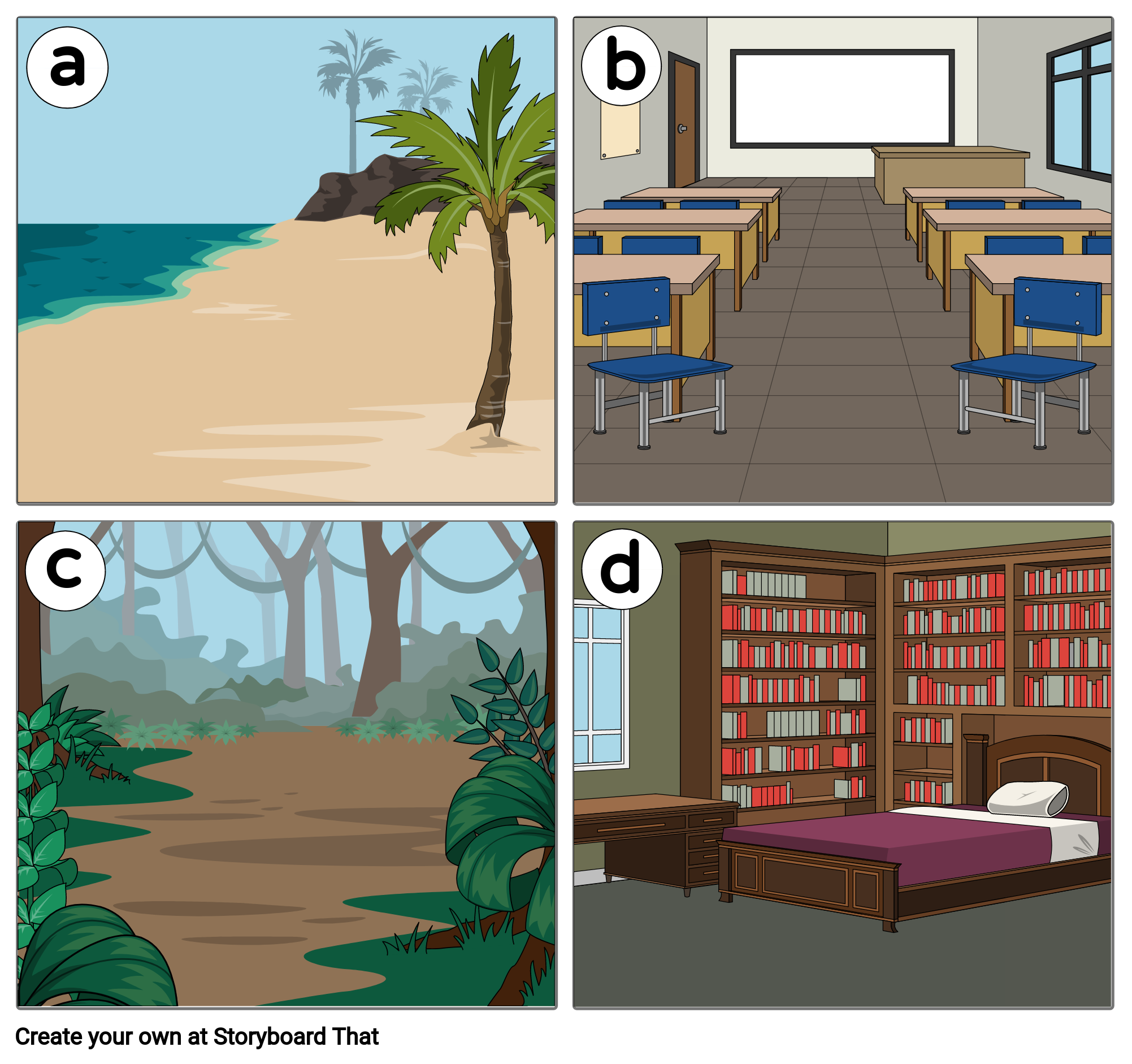PART A_1
Let’s introduce ourselves to each other.
自己紹介をしましょう。
PART A_2
My name is ________________. What is your name?
PART A_3
I am ________________. Nice to meet you.
PART A_4
Nice to meet you too, ________________. Let’s begin our lesson!
PART B_1
Now, we will read aloud the dialogue below. I will read the female student’s parts, and you will read the male student’s parts.
以下の会話文を読みましょう。講師が女子生徒のパートを読むので、あなたは男性生徒のパートを読んでください。
PART B_2
|
Female:
|
Oh no! I left my P.E. uniform. I need it for our softball game in our class today. |
|
Male:
|
Do you remember where you put it? |
|
Female:
|
Yes, I put it in my locker together with my shoes earlier. |
|
Male:
|
Why did you put it in your locker? |
|
Female:
|
It was too heavy to carry in my bag. I had 3 classes before our P.E. class today. |
|
Male:
|
I see. Why don’t you get it from your locker? You still have time before P.E. class starts. |
|
Female:
|
I can’t because our P.E. class will start in 5 minutes. My locker is in the other building, it will take me at least 15 minutes to get there. I’m afraid I might get back here late. Our professor will deduct some points from the team’s total score if there’s a late member. |
|
Male:
|
If that’s the case, maybe you can ask our professor if he’ll allow you to be the scorer for today’s game. Then, just play next week. |
|
Female:
|
I don’t think that will work because our professor is too strict. Also, he said during our last class that those students who will not play as scheduled will be marked absent. |
PART B_3
Now, please read the dialogue silently for 50 seconds.
50秒で会話文を黙読しましょう。
PART B_4
(50 seconds to read the dialogue silently)
(50秒間で黙読)
PART B_5
Describe the female student’s problem and the two suggestions given by the male student. Decide which of the two suggestions you think is better and give reasons to support your answer.
女子生徒の問題と男子生徒が挙げた2つの提案を述べてください。あなたが良いと思う提案を決め、その理由を説明してください。
PART B_6
You have 20 seconds for preparation before answering.
Please start your preparation silently.
Please start your preparation silently.
回答の前に20秒の準備時間があります。静かに解答の準備を始めてください。
PART B_7
(20 seconds for preparation to answer)
(回答の準備時間20秒)
PART B_8
You have 60 seconds to answer. Please start your answer now.
60秒で回答します。回答を始めてください。
PART B_9
PART B_10
Now, let’s review your answer. After that, please read aloud your corrected answer.
ではあなたの答えを復習してみましょう。その後、修正したあなたの答えを読んでみましょう。
(Please review your student’s answers by sending the correct answers in complete sentences. After that, ask your student to read aloud his or her corrected answers.)
PART B_11
PART B_12
Now, we’ll read the sample answer. Please repeat after me.
では、講師のあとに続いて、模範解答を読んでみましょう。
PART B_13
The female student and the male student are talking about a problem the female student has. The problem is that she left her P.E uniform in her locker. The male student offers two solutions to solve her problem. His first solution is to get her P.E uniform from her locker since she still has time before her class starts. His second solution is to ask her professor if she can be the scorer for today’s game and play next week instead. I agree with the first solution because asking her professor to let her be the scorer for today’s game might cause a problem in the long run since she will be marked absent. If she goes back to her locker and gets her P.E. uniform, she will have a bigger chance to attend their class and play at their softball game.
PART C_1
Now, let’s do a free talk about the following topic.
以下のトピックについてフリートークをしましょう。
(Please do a free talk if you have time left.)
PART C_2
Why do you think many people choose to travel abroad?
Give two examples to support your opinion.
Give two examples to support your opinion.
PART C_3


